Lantana (Lantana camara) is one of the most popular and resilient flowering plants in home gardens, known for its vibrant, multi-colored clusters of tiny flowers and ability to thrive in tough conditions. Native to tropical regions of the Americas and Africa, lantana has become a favorite in landscapes, borders, containers, and hanging baskets due to its heat tolerance, long blooming period, and low maintenance needs.
However, even a hardy plant like lantana requires proper care — and knowing how often to water it is crucial for keeping it healthy, blooming, and thriving. In this comprehensive guide, we’ll delve into how frequently you should water lantana, the factors affecting its watering needs, signs of overwatering and underwatering, and best practices to ensure your lantanas stay lush and beautiful all season long.
Getting to Know Lantana’s Watering Preferences
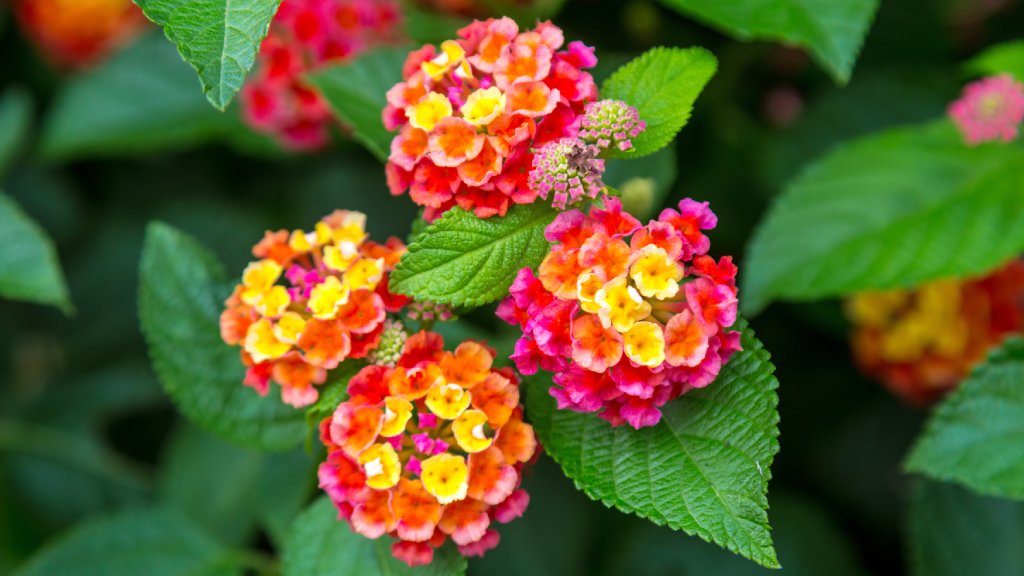
Before setting a watering schedule, it’s essential to understand lantana’s natural growing conditions:
- Native habitat: Warm, tropical to subtropical climates.
- Soil preference: Well-draining, sandy or loamy soil.
- Sun requirements: Full sun for at least 6 hours daily.
- Drought tolerance: High, once established.
Because of its drought-resistant nature, lantana generally prefers less frequent but deep watering rather than constant moisture. In fact, overwatering is one of the leading causes of lantana health issues in home gardens.
How Often Should You Water a Lantana?
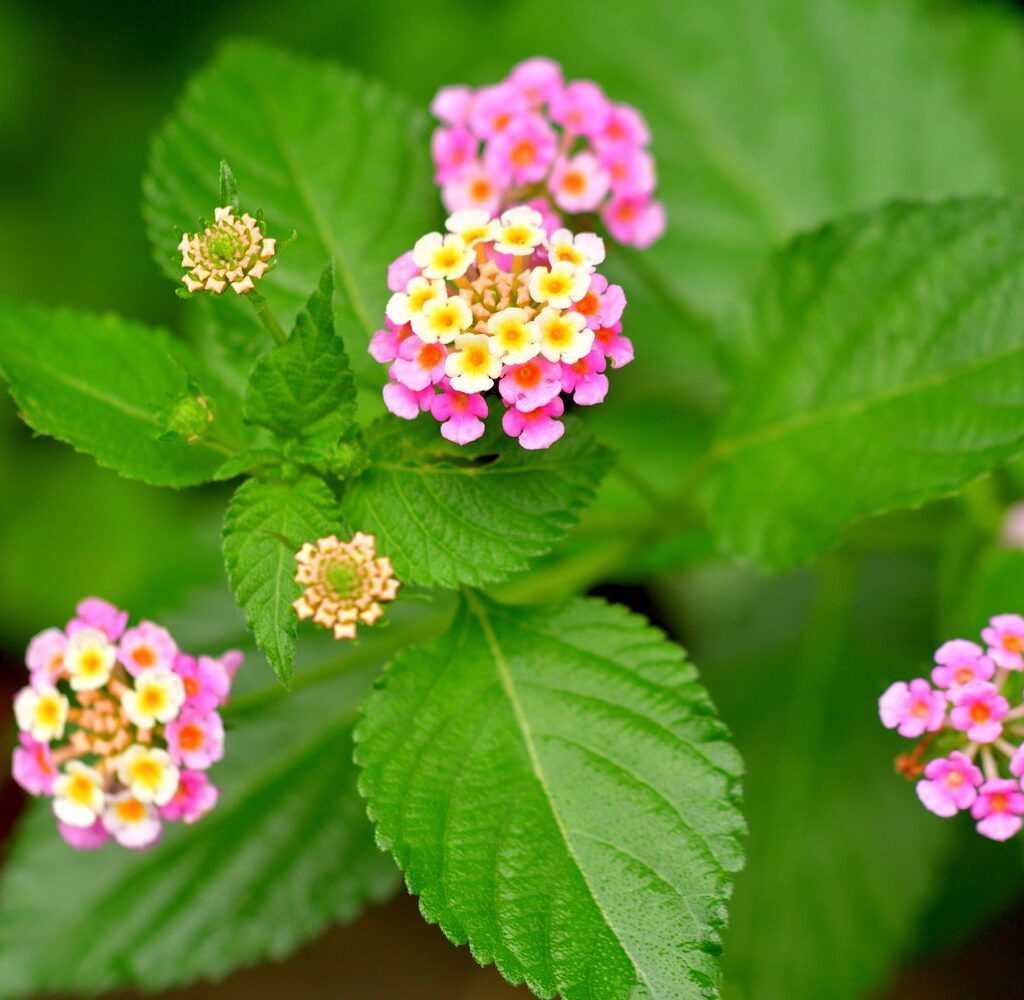
The correct watering frequency for lantana depends on several factors like the plant’s age, whether it’s planted in the ground or a pot, the climate, and the season. Here’s a practical guideline:
Newly Planted Lantana (First 2–4 Weeks):
- Water every 2–3 days to help the roots establish.
- Ensure the soil remains consistently moist but not soggy.
Established Lantana (After 1 Month):
- Water once every 5–7 days in hot, dry weather.
- Reduce to once every 10–14 days in cooler or rainy conditions.
- Lantana prefers the soil to dry out slightly between waterings.
Potted Lantana:
- Check soil moisture every 2–3 days.
- Water when the top 1–2 inches of soil feel dry.
- Containers dry out faster than garden soil and may need watering every 2–4 days in summer.
Seasonal Watering Schedule for Lantana
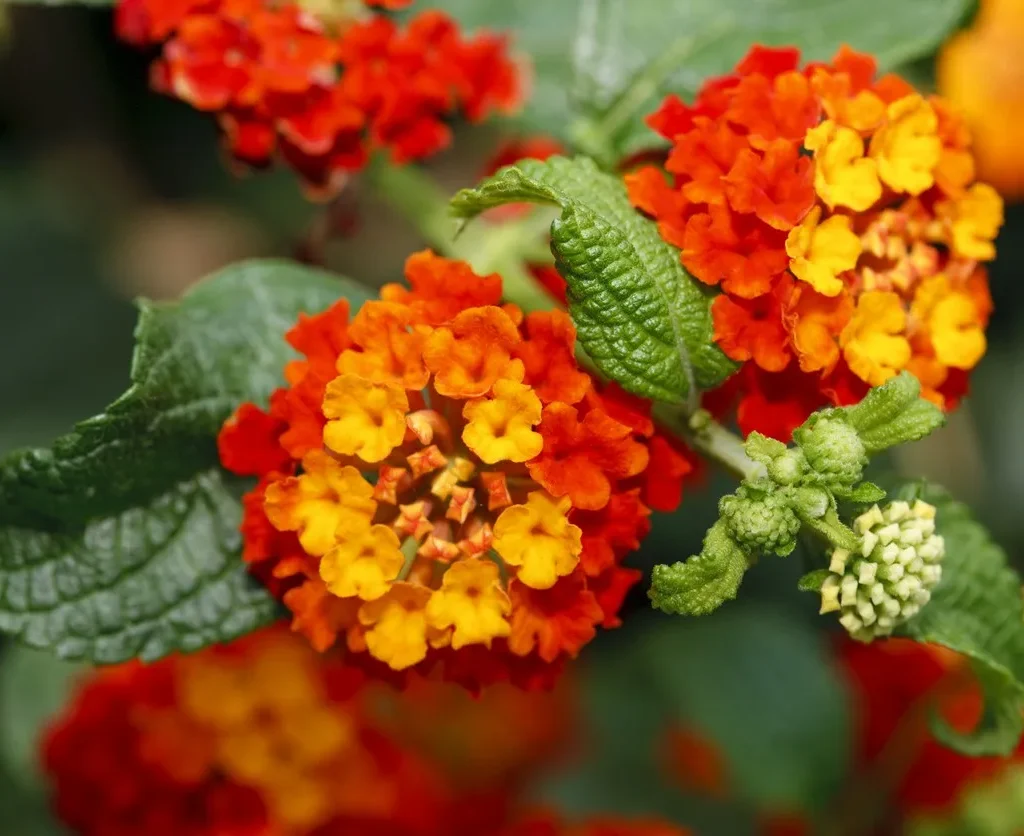
Watering needs for lantana vary throughout the year based on the weather and growing conditions. Here’s a simple seasonal guide:
| Season | Watering Frequency | Notes |
|---|---|---|
| Spring (Mild) | Every 5–7 days | Increase frequency on warm, dry days. |
| Summer (Hot) | Every 2–4 days (potted) / Every 5–7 days (ground) | Deep watering helps during heatwaves. |
| Fall (Cool) | Every 7–10 days | Reduce watering as temperatures fall. |
| Winter (Dormant) | Every 14–21 days (if at all) | Water sparingly in dormancy; avoid wet soil. |
Factors Influencing Lantana’s Watering Requirements
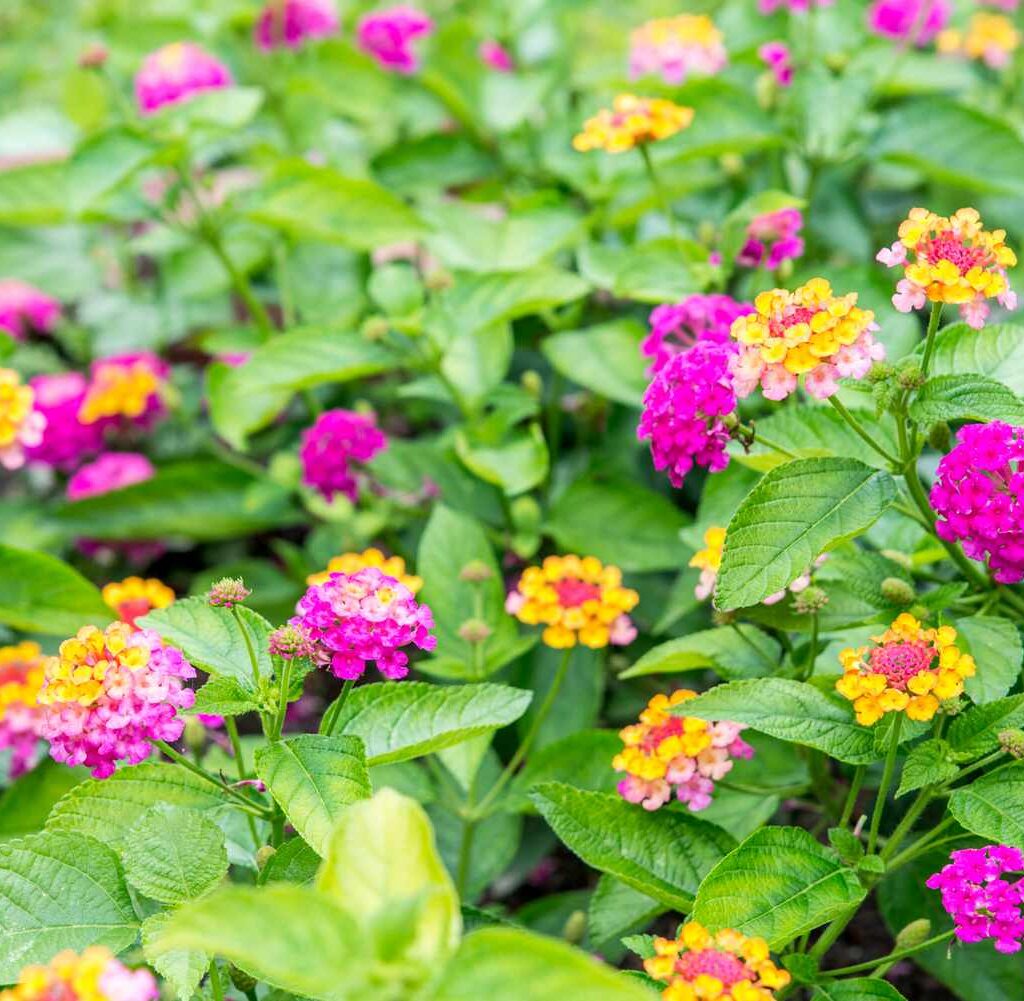
Several factors can affect how often you should water lantana:
Soil Type
- Sandy soil drains quickly, requiring more frequent watering.
- Clay soil retains moisture longer but risks waterlogging.
- Loamy soil is ideal, holding adequate moisture while draining excess water.
Climate and Weather
- High temperatures, strong sun, and wind increase evaporation, demanding more frequent watering.
- Cooler, humid, or rainy weather reduces lantana’s water needs.
Plant Location
- Container-grown lantanas dry out faster due to limited soil volume.
- Ground-planted lantanas benefit from deeper soil moisture reserves.
Plant Age and Root Development
- Young, newly transplanted lantanas require frequent watering.
- Mature, well-established lantanas are drought-tolerant and need less water.
How to Check if Your Lantana Needs Water
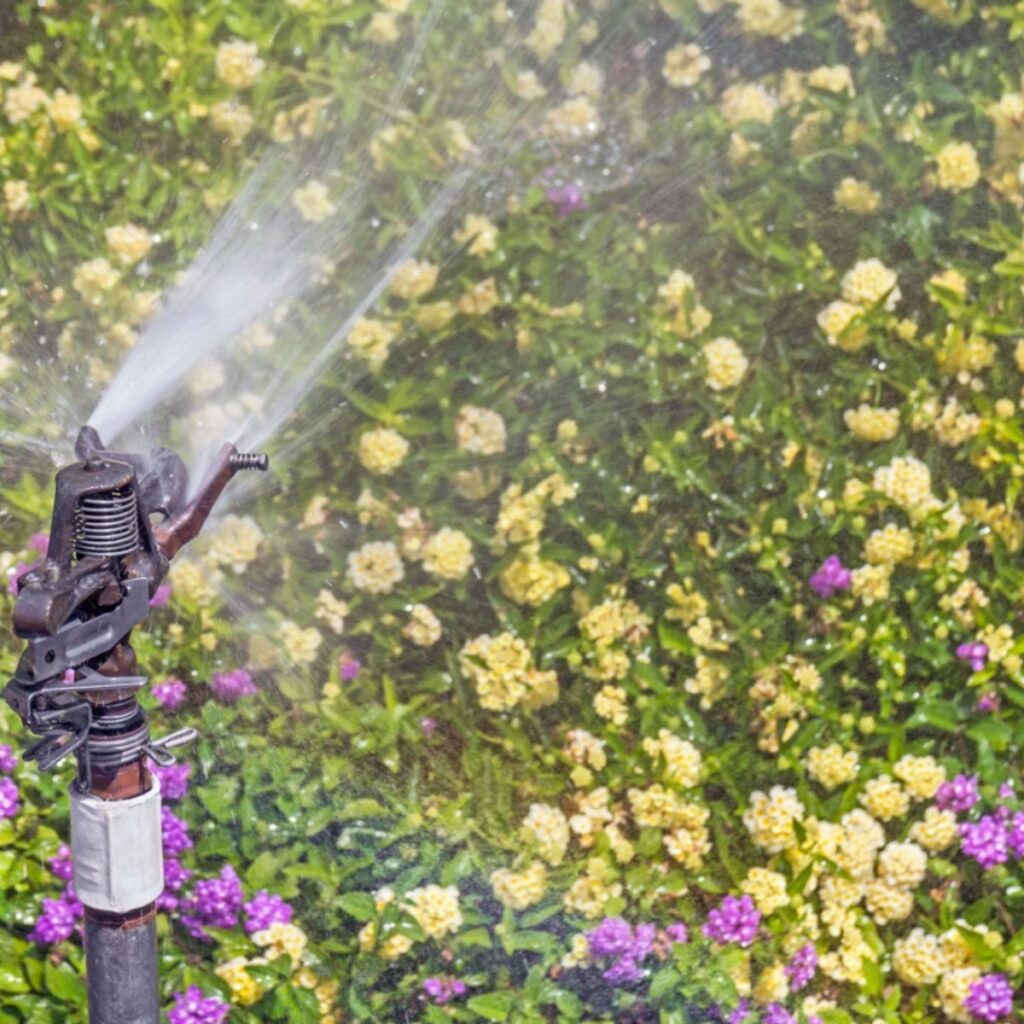
An easy way to determine if your lantana needs water is by checking the soil moisture:
- Stick your finger 1–2 inches into the soil.
- If it feels dry at that depth, it’s time to water.
- If it’s still moist, wait another day or two before checking again.
In containers, you can also lift the pot; if it feels significantly lighter than usual, the soil is likely dry.
Best Watering Practices for Lantana
Watering properly is just as important as watering often. Here’s how to water lantanas the right way:
Water Deeply, Less Frequently
- Encourage deep root growth by watering thoroughly until moisture penetrates 6–8 inches into the soil.
Avoid Overhead Watering
- Water at the base of the plant to prevent fungal diseases and leaf spots caused by wet foliage.
Water Early in the Morning
- Allows excess moisture to evaporate during the day and reduces the risk of root rot.
Use Well-Draining Soil
- Avoid heavy clay soils or compacted garden beds. Amend soil with sand or compost for better drainage.
Signs of Overwatering and Underwatering
Recognizing the signs of improper watering helps you adjust your care routine and prevent plant damage.
Overwatering Symptoms:
- Yellowing, wilting, or soft leaves.
- Root rot with mushy, dark, foul-smelling roots.
- Fungal growth on soil surface.
- Soil remains constantly wet and soggy.
Solution:
Reduce watering, improve soil drainage, and remove any damaged foliage or roots.
Underwatering Symptoms:
- Drooping, dry, and crispy leaves.
- Wilting during midday heat.
- Stunted growth and fewer blooms.
- Soil pulling away from the sides of the container.
Solution:
Water deeply and adjust your watering schedule during hot spells.
Tips for Thriving, Colorful Lantanas
- Mulch around lantanas in garden beds to retain moisture and regulate soil temperature.
- Use well-draining potting mixes for container-grown lantanas.
- Fertilize every 4–6 weeks during the growing season for more blooms.
- Deadhead spent flowers regularly to encourage continuous flowering.
- Provide full sun exposure for at least 6–8 hours daily.
- Avoid planting lantana in low-lying, poorly draining areas.
Regional Considerations
Depending on your local climate, you may need to adjust watering frequency:
- Tropical and subtropical regions: Water moderately, especially during rainy seasons.
- Temperate areas: Follow seasonal guidelines and protect lantanas from frost.
- Arid, desert regions: Water deeply but infrequently, using drought-tolerant planting techniques like gravel mulching.
- Humid climates: Ensure excellent soil drainage and avoid waterlogging during wet months.
Conclusion: Mastering Lantana Watering for Lasting Blooms
Lantanas are among the easiest and most rewarding plants to grow, as long as you understand their watering needs. Striking the right balance between hydration and dryness is the key to maintaining their bold colors, healthy foliage, and vigorous growth.
To recap:
- Newly planted lantanas: Water every 2–3 days.
- Established lantanas: Water every 5–7 days in hot weather and less frequently in cooler months.
- Container lantanas: Check soil every 2–3 days, and water when the top inch feels dry.
- Always water deeply and allow soil to dry slightly between waterings.
With the right watering practices, your lantana plants will grace your garden with vivid blooms and lush foliage from spring through fall — effortlessly adding charm, color, and life to your outdoor spaces.

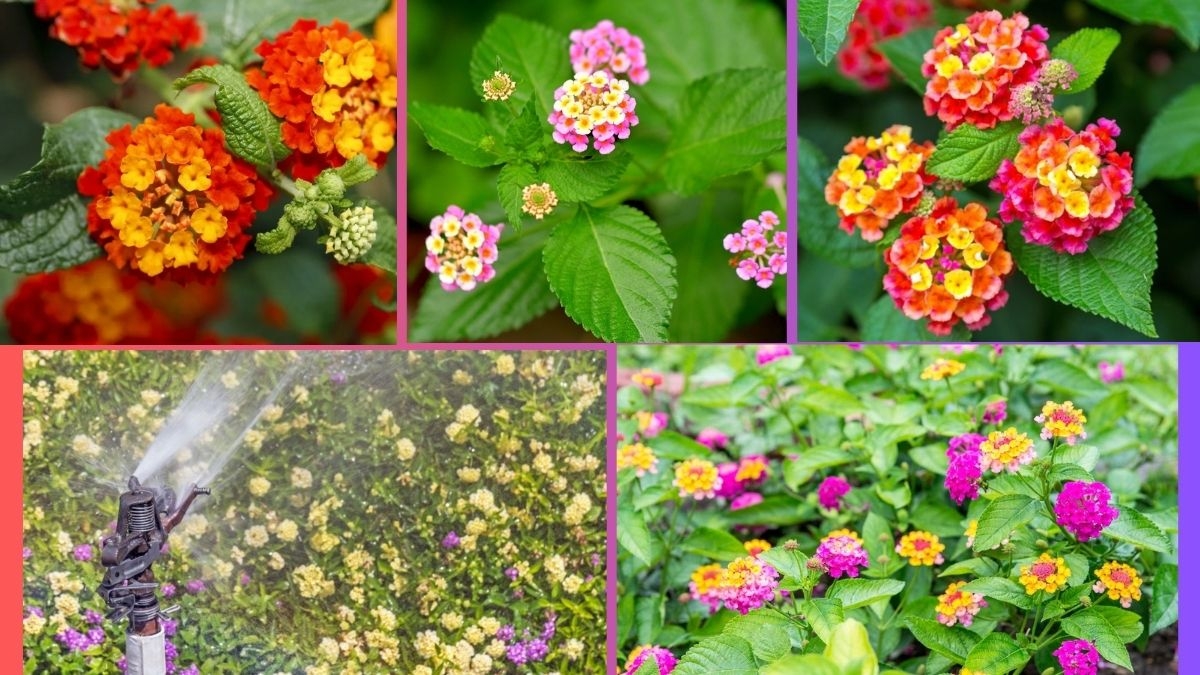



Leave A Comment